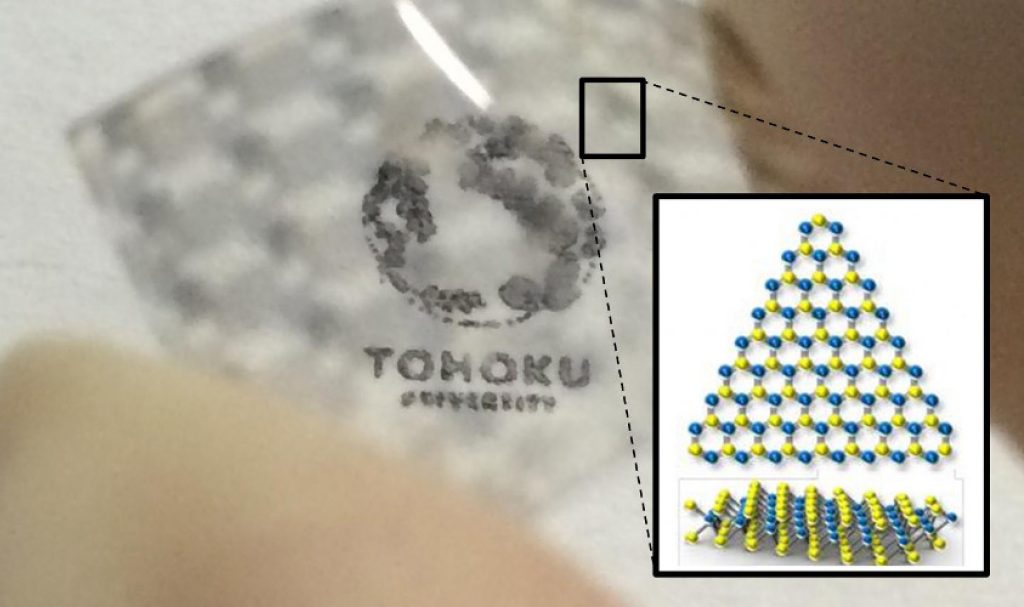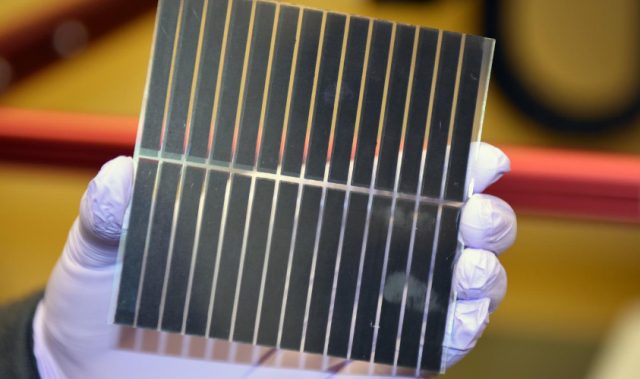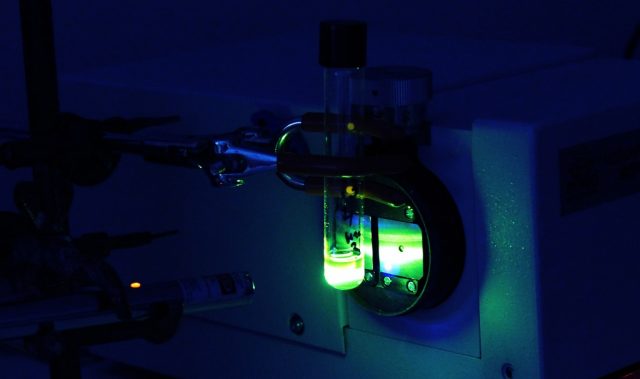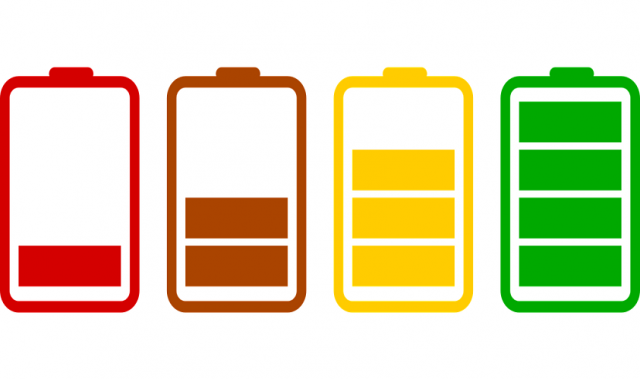
AsianScientist (Oct. 5, 2017) – Researchers at Tohoku University in Japan have developed a method for fabricating semitransparent and flexible solar cells with atomically thin 2D materials. They published their findings in the journal Scientific Reports.
Transparent or semi-transparent solar cells with excellent mechanical flexibility have attracted much attention as next-generation smart solar cells. They can be used in various applications such as on the surfaces of windows, front display panels of personal computers and cell phones and human skin. However, issues remain with regards to improving their power conversion efficiency, optical transparency, flexibility, stability and scalability.
In this study, a team of researchers led by Associate Professor Takashi Kato developed an easy and scalable fabrication method to produce semitransparent and flexible solar cells using transition metal dichalcogenides (TMDs)—an atomically thin 2D material. Their technique involved mechanical exfoliation, chemical vapor deposition, conventional photolithography and electron-beam lithography.
Relying on a Schottky-type configuration, which is a junction formed between a metal and a semiconductor, the researchers were able to increase the power conversion efficiency of these solar cells by up to 0.7 percent. This is the highest value reported with few-layered TMDs. Clear power generation was also observed for a device fabricated on a large transparent and flexible substrate.
“Since our device structure is very simple, the TMDs-based Schottky-type solar cell possesses good properties for scalability, which is one of the most important elements for its practical application,” said Kato. “This new type of solar cell is likely to have impact on the technologies we use in daily life in the near future.”
The article can be found at: Akama et al. (2017) Schottky Solar Cell Using Few-layered Transition Metal Dichalcogenides Toward Large-scale Fabrication of Semitransparent and Flexible Power Generator.
———
Source: Tohoku University; Photo: Toshiaki Kato.
Disclaimer: This article does not necessarily reflect the views of AsianScientist or its staff.












